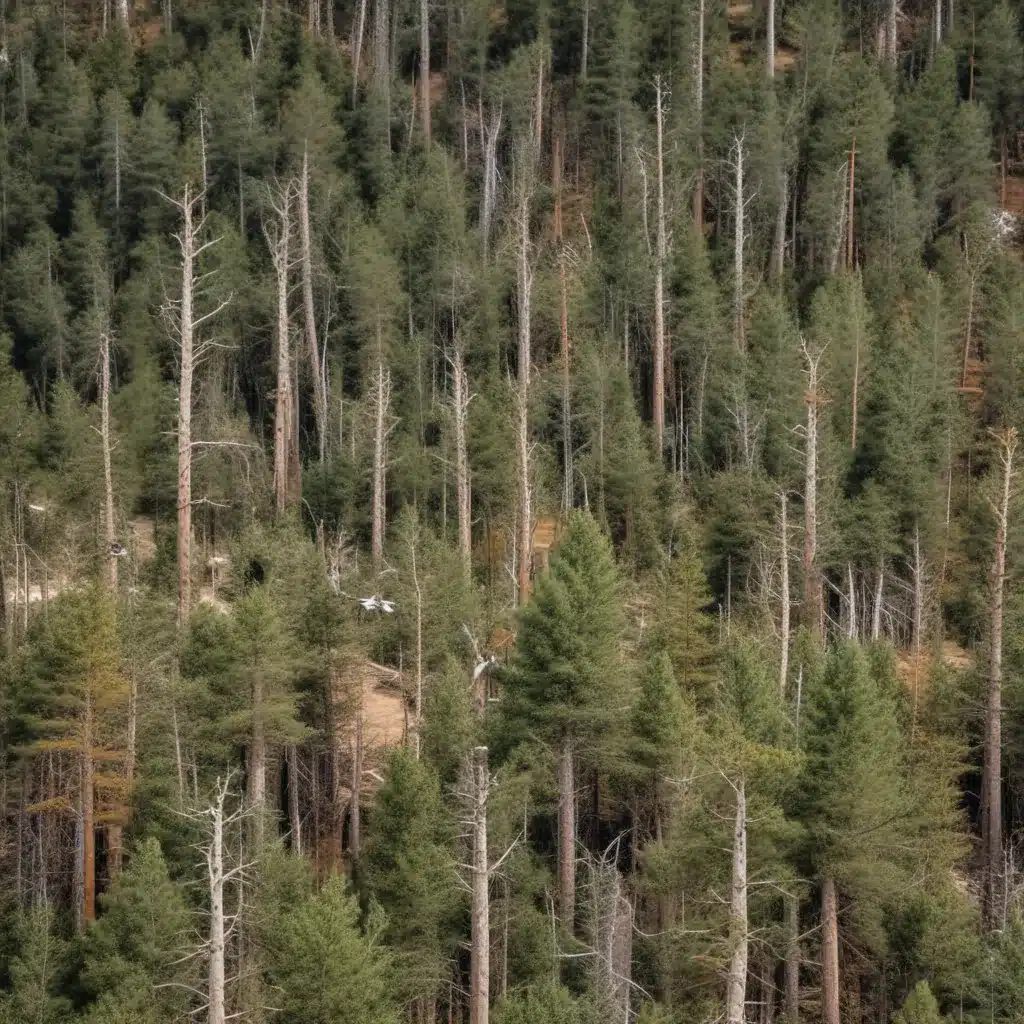
Crooked Pines Farm is home to a vibrant and diverse avian community, with a wide variety of resident and migratory bird species inhabiting our lush, protected habitat. From delicate songbirds to majestic raptors, our feathered friends are an integral part of the farm’s thriving ecosystem. Join us as we explore the sights, sounds, and fascinating behaviors of the Crooked Pines flock.
Avian Inhabitants of the Crooked Pines
The Crooked Pines are alive with the chirps, trills, and calls of an impressive array of bird species. Our resident population includes the vibrant Northern Cardinal, the cheerful Carolina Wren, the industrious Tufted Titmouse, and the stately Red-tailed Hawk. During spring and fall migration, we welcome a host of visitors, such as the graceful Painted Bunting, the melodic Wood Thrush, and the elusive Scarlet Tanager.
Resident Bird Species
Some of our most prominent year-round residents include the Carolina Chickadee, the Blue Jay, the Red-bellied Woodpecker, and the Eastern Bluebird. These birds have adapted to the diverse habitats found throughout our farm, from the mature pine forests to the flowering meadows and riparian zones.
Migratory Bird Visitors
As the seasons change, Crooked Pines plays host to a variety of migratory birds. In spring, we eagerly await the arrival of the Ruby-throated Hummingbird, the Indigo Bunting, and the striking Baltimore Oriole. Fall brings the appearance of the Dark-eyed Junco, the Yellow-rumped Warbler, and the American Kestrel, to name a few.
Rare and Endangered Birds
Crooked Pines is also a haven for some of the region’s more elusive and threatened bird species. Sightings of the Prothonotary Warbler, the Bald Eagle, and the Red-cockaded Woodpecker have been recorded on our property, highlighting the importance of our well-preserved habitats.
Habitat and Environment
The Crooked Pines’ diverse landscape provides an abundance of resources and shelter for our feathered residents and visitors. Our farm’s mosaic of habitats, ranging from towering pine forests to lush wetlands, supports a wide variety of bird life.
Ecosystem of the Crooked Pines
The Crooked Pines’ ecosystem is a delicate balance of interconnected natural elements, from the tall pine and oak trees to the thriving understory vegetation. This varied terrain offers an array of nesting sites, foraging opportunities, and protection from predators, making it an ideal home for our avian friends.
Vegetation and Foliage
The Crooked Pines’ lush foliage provides essential resources for our birds. Our diverse tree species, such as longleaf pines, live oaks, and cypress, offer abundant food sources, including seeds, nuts, and nectar-rich flowers. The dense understory of shrubs, ferns, and grasses also supports a variety of insects, which are crucial to the diets of many of our birds.
Climatic Conditions
The Crooked Pines’ temperate climate, with its mild winters and warm, humid summers, allows for year-round bird activity. Our location near the coast provides a unique microclimate that attracts both coastal and inland bird species, resulting in a remarkable diversity of avian life.
Birding and Observation
Crooked Pines Farm is a true haven for birdwatchers and nature enthusiasts alike. Our well-maintained trails and observation decks offer ample opportunities to spot and learn about the fascinating birds that call our farm home.
Birdwatching Opportunities
Whether you’re an experienced birder or a curious beginner, Crooked Pines provides countless chances to observe our feathered friends in their natural habitats. Our guided nature walks and self-guided trails allow visitors to immerse themselves in the sights and sounds of our vibrant avian community.
Photography and Documentation
For those with a passion for capturing the beauty of our birds, Crooked Pines’ diverse habitats offer endless photographic opportunities. Our observation platforms and blinds provide excellent vantage points to photograph the unique behaviors and plumages of our resident and migratory species.
Conservation Efforts
At Crooked Pines, we are dedicated to preserving and enhancing the habitats that support our avian residents. Through our native plant initiatives, wildlife-friendly landscaping, and sustainable farming practices, we strive to create a thriving environment for birds and other wildlife. We also actively participate in educational programs and citizen science projects to contribute to regional conservation efforts.
Behavior and Adaptations
The birds of Crooked Pines have evolved a wide range of fascinating behaviors and physical adaptations to thrive in our unique environment.
Feeding and Foraging
Our birds employ diverse foraging strategies, from the nimble aerial acrobatics of the Hummingbird to the industrious bark-probing of the Woodpecker. They take advantage of the abundant nectar, seeds, fruits, and insects found throughout our farm.
Nesting and Breeding
Crooked Pines offers an abundance of suitable nesting sites, from the tree cavities preferred by Bluebirds to the sprawling stick nests of the Red-tailed Hawk. Our birds exhibit a variety of breeding behaviors, such as elaborate courtship displays and cooperative parenting, to ensure the survival of their offspring.
Flight and Movement
The birds of Crooked Pines exhibit a diverse range of flight adaptations, from the swift, agile movements of the Falcon to the graceful soaring of the Turkey Vulture. Their unique wing shapes, muscle groups, and feather structures allow them to navigate our varied habitats with ease.
Whether you’re a seasoned birdwatcher or simply curious about the natural world, Crooked Pines Farm offers a truly remarkable and immersive avian experience. We invite you to explore our trails, observe our feathered residents, and discover the wonders of the Crooked Pines’ vibrant and diverse bird community. For more information, please visit our website at www.crookedpinesfarm.com.


